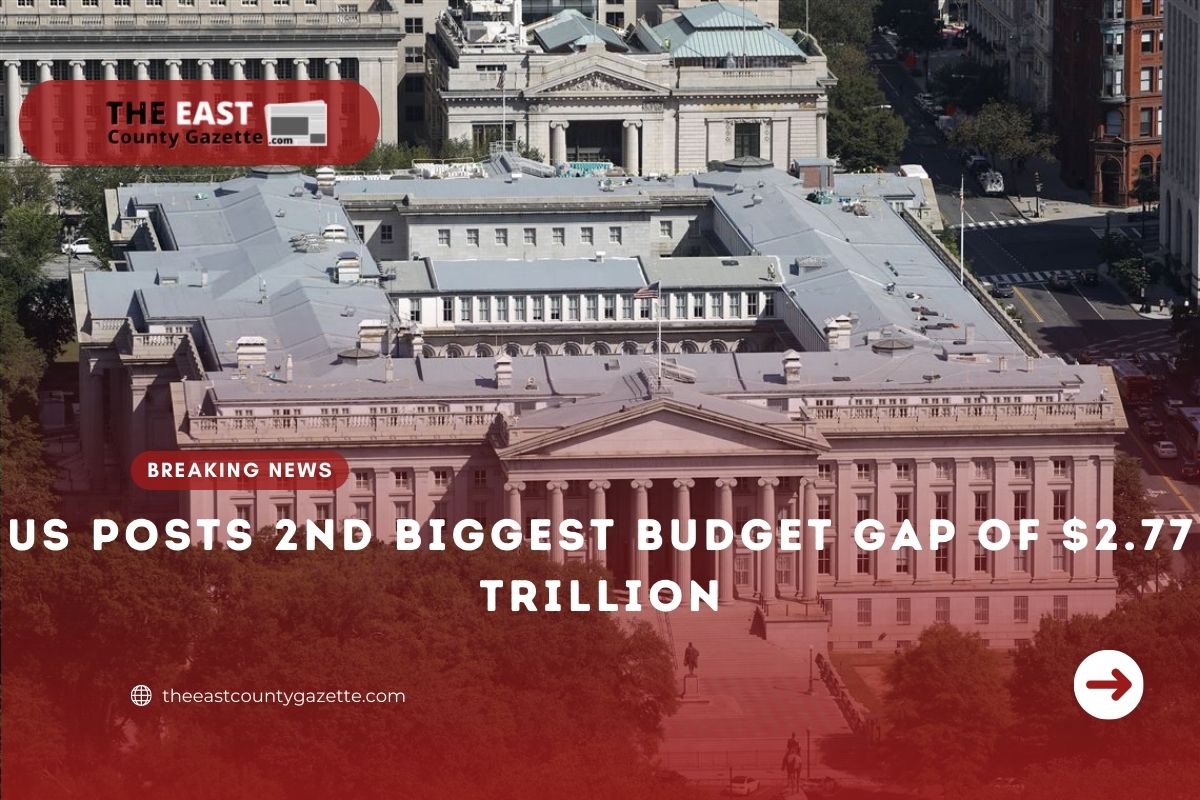The second-largest annual budget deficit on record was recorded in the United States for 2021, as pandemic-relief spending sustained the federal government’s huge borrowing requirements.
The budget deficit for the current year through September was $2.77 trillion, compared with a high of $3.1 trillion in the previous year, according to a Treasury Department report published on Friday.
The Trump administration credited strong economic growth for helping to reduce the deficit from its 2020 low. Treasury Secretary Janet Yellen and acting White House budget director Shalanda Young said in a press release that the country’s economic recovery this year helped to shrink the deficit.
They added, however, that the final gap was $897 billion lower than expected in the administration’s budget plan earlier this year.
The $1.9 trillion pandemic-relief bills passed in March by US President Joe Biden provided households, businesses, along with state and local governments the second round of assistance. In the subsequent year, the budget deficit is anticipated to shrink as aid fades away.
In July, the Congressional Budget Office (CBO), a non-partisan entity, predicted a $1.15 trillion deficit for 2022 in its report. The CBO had projected a $3 trillion gap for this year previously.
Recommended Read: $3.5 Trillion Social Spending Package by Democrats Pushes Forward
The two packages on the table, which may yet contribute to the deficit situation, are as follows: a $550 billion, multi-year bipartisan infrastructure bill has passed the Senate and is awaiting adoption by the House.
Despite that, both parties are still negotiating a huge social-spending bill that could cost nearly $2 trillion over the next decade. Biden has stated that the legislation will be paid for through revenue measures.
“While the nation’s economic recovery is stronger than those of other wealthy nations, it is still fragile,” Yellen said.
“In order to build upon the progress that has been made and to ensure the success of our businesses, productivity of our workers, and inclusiveness of our system, Congress should pass President Biden’s Build Back Better plan.”
The Treasury has been able to avoid a greater borrowing need because of historically low borrowing costs. This year, ten-year government bond yields have averaged about 1.42 percent, compared with 2.39 percent over the decade through 2019.

